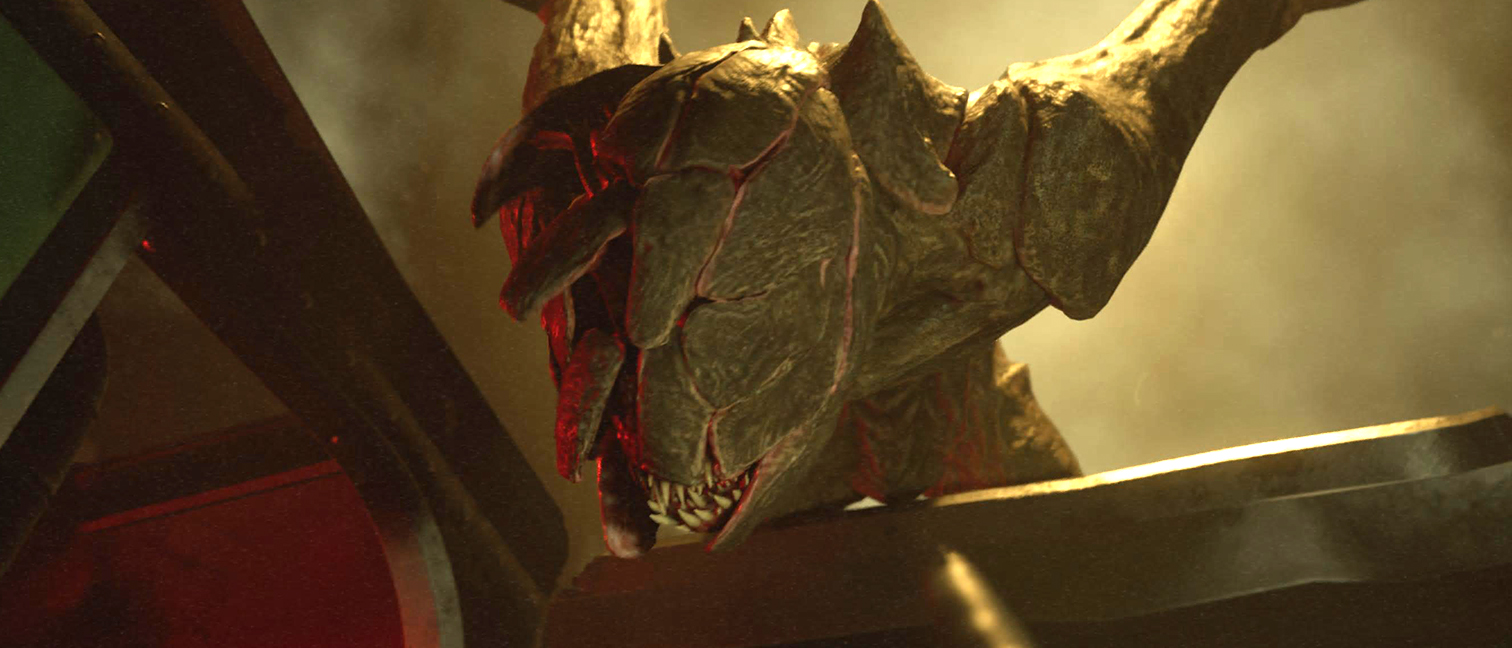For
- Clever use of audio
- Solid performance
Against
- Incredibly slow
- Lacks high stakes
Why you can trust Creative Bloq
Publisher Sabre Interactive
Developer Stormind Games
Formats PS5 (reviewed), Xbox Series X/S, PC (Steam)
Platform Unreal Engine 5
Release date Out now
Moments into a A Quiet Place: The Road Ahead, a game based on the clever horror movie-verse, and it dawns on me this is a stealth horror that throws out everything we've come to expect from post apocalyptic creature shocks.
The lively banter of The Last Of Us is dropped for silence, the errie and playful unnatural surrealism of Still Wakes The Deep, Silent Hill 2 Remake and Alan Wake 2 replaced by the mundane; at one point I slowly shuffle through jumble of broken, stacked train carriages and this impresses, because generally, A Quiet Place: The Road Ahead is singularly unimpressive in its presentation of what comes after the world is overrun by sound-tracking aliens.
I'm being a little harsh, generally the game looks nice, and Unreal Engine 5 is used to create a solid world, with detail in spaces where it's needed and everything runs without a hiccup. The world of A Quiet Place: The Road Ahead is not on par with Still Wakes The Deep's oil rig hellscape, but it is illuminated nicely and features the kind of mundane bric-a-brac that can make an environment feel like a real space.
A Quiet Place has some good ideas
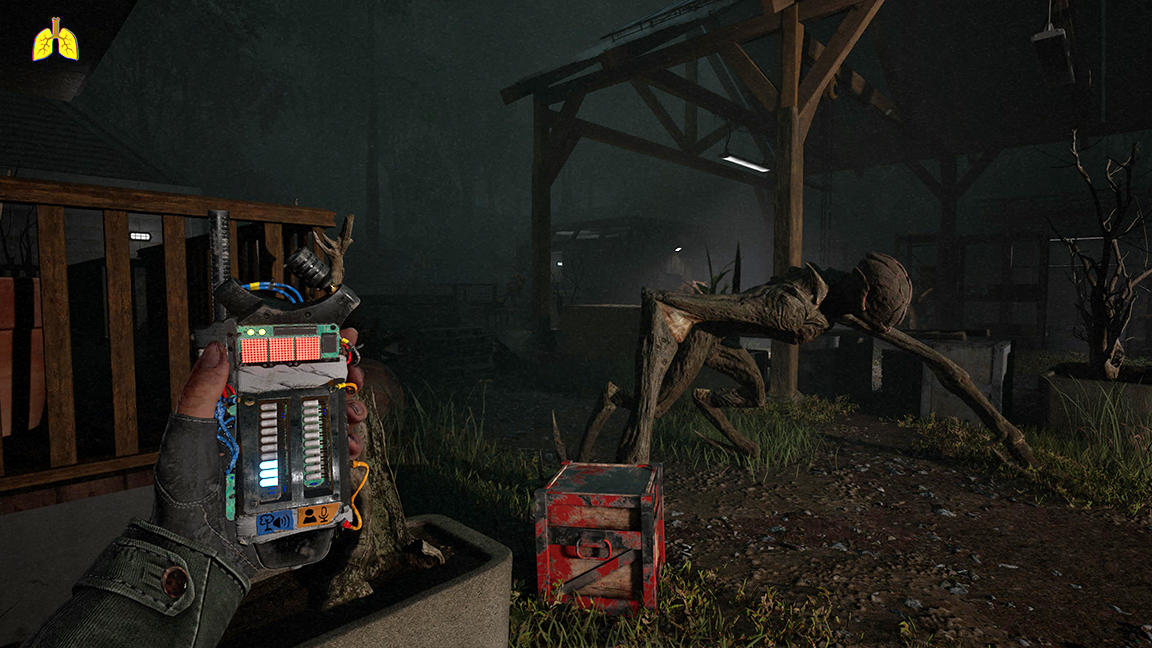
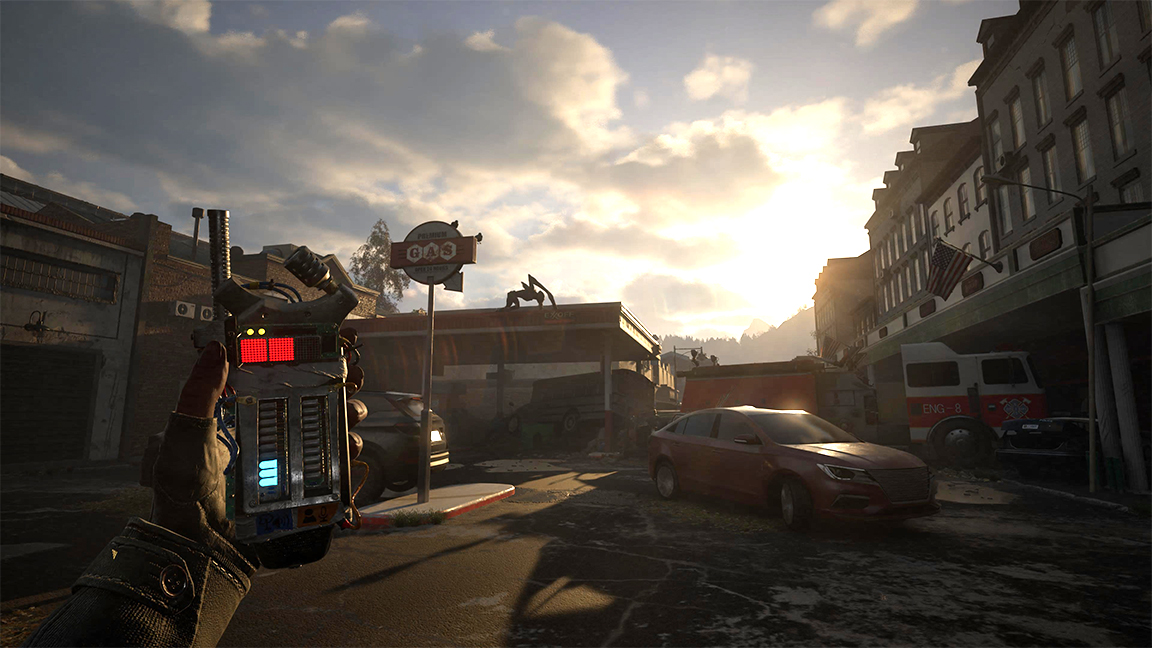

What you do in A Quiet Place: The Road Ahead is, on paper, interesting and a clever adaptation of the licence - this is a universe where alien beasts hunt by sound, the faintest of crunches can send creatures sweeping into the world. Developer Stormind Games runs with the idea, as the sound you make is the real enemy in the game, so in theory everything you do in the game could cause your demise.
That's the theory, in practice it's a little less tense, largely because the game is played at a snails pace, but also because the creature AI, blind by default, lacks the intensity of the Xenomorph that hunts with precision in Alien: Isolation, an ageing game that did the whole hide and seek mechanic better back in 2014.
This is not to say A Quiet Place: The Road Ahead doesn't have its moments of fearful unease as Alex, our protagonist, must flee to the coast while avoiding the lurking monsters and dealing with her own interpersonal troubles - an unplanned pregnancy, a mother-in-law from hell and stress-induced asthma that always seems to erupt at just the wrong time but managed by swilling meds found laying around the world.
The early stages of the game impress, and I genuinely take slow nervous steps, as the merest sound - treading on broken glass, a heavy footstep on wooden floorboards and the crunch of scree underfoot – can call down a creature and the hunt begins. If one of these aliens get too close Alex's breathing quickens, causing an asthma attack, and a coughing fit that will, more often than not, lead to an early coffin.
But the slow boil fumbles stakes
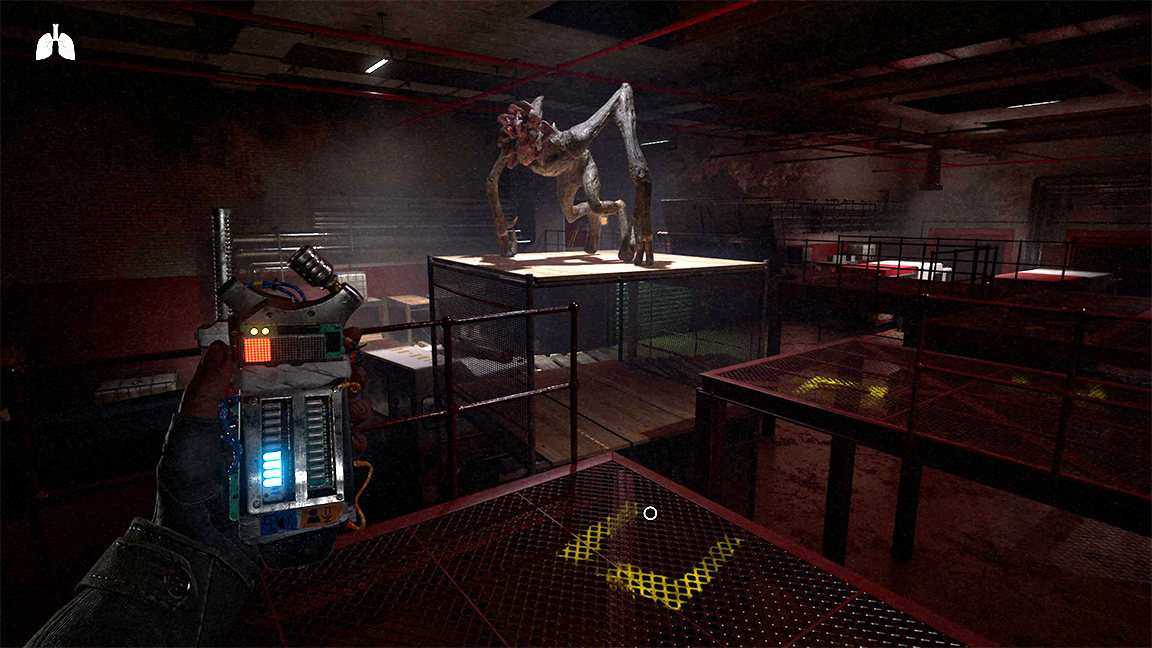
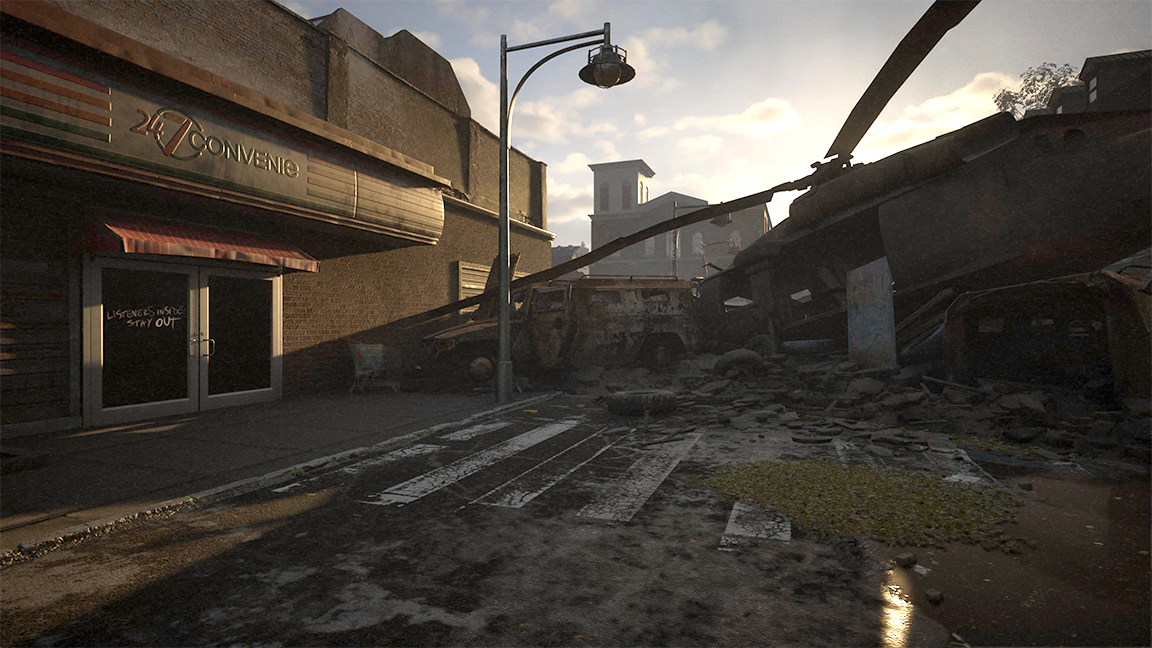
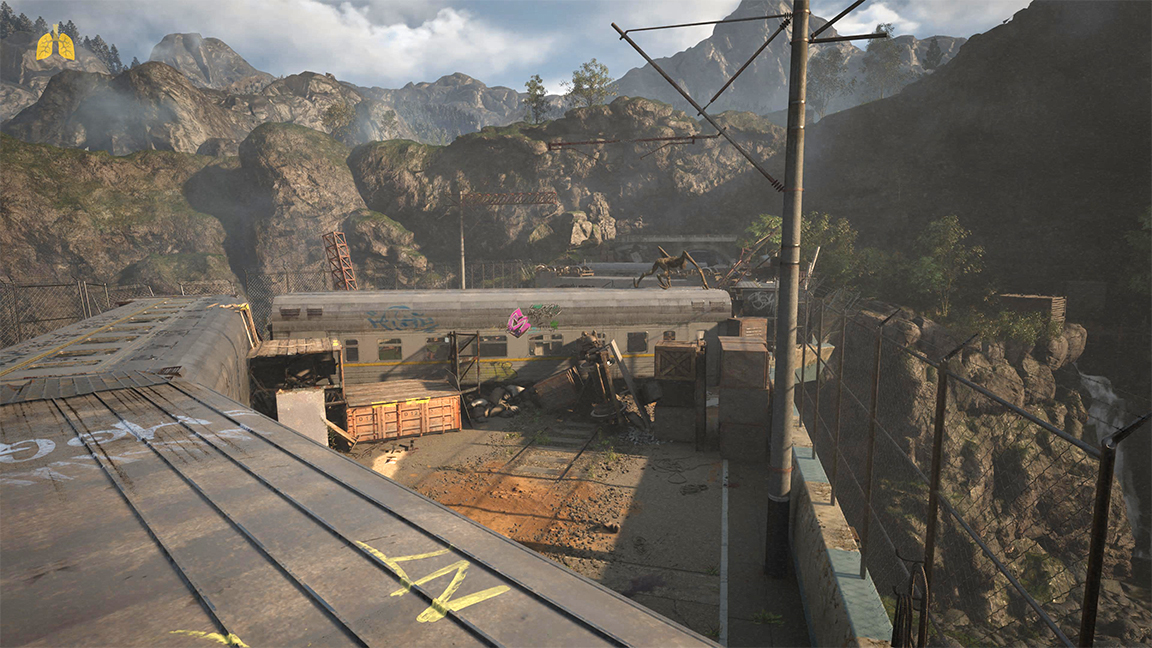
Sadly the game's slow boil remains constant from beginning to end. The nature of the mechanics employed by Stormind Games results in a sedentary pace that becomes mesmeric, almost hypnotic. A Quiet Place: The Road Ahead is slow, silent and, in its own peculiar way, cathartic. There are moments of orchestrated tension when you're dropped into a room with a creature and must escape… quietly… slowly. Maybe throw a bottle as distraction. Escape and any tension evaporates as the main focus returns, which is opening doors slooooowly to avoid a squeak, a process that's more mechanical than it is skilful.
Clearly the team at Stormind Games were aware of the elephant in the room of making such a slow-paced game, as numerous new tools and mechanics are thrown into Alex's path as the game's 10 hour playthrough evolves - puzzle rooms reliant on squeaky valve-wheels, environmental elements such as gushing water can mask Alex's noisy movement, and plank-moving navigation puzzles that sap lung capacity, building to an asthma attack, are common and repeated often.
On the positive side, there are plenty of options to fiddle with to tailor the game to your liking and deliver a tougher challenge. These tweaks include basic difficulties to adjust the creature AI as well as the option to reduce visual clues (a sound monitor shows the creature threat level, and can be turned off). My favourite is the option to turn on the DualSense Controller's mic, making my real world audio into another layer of threat.
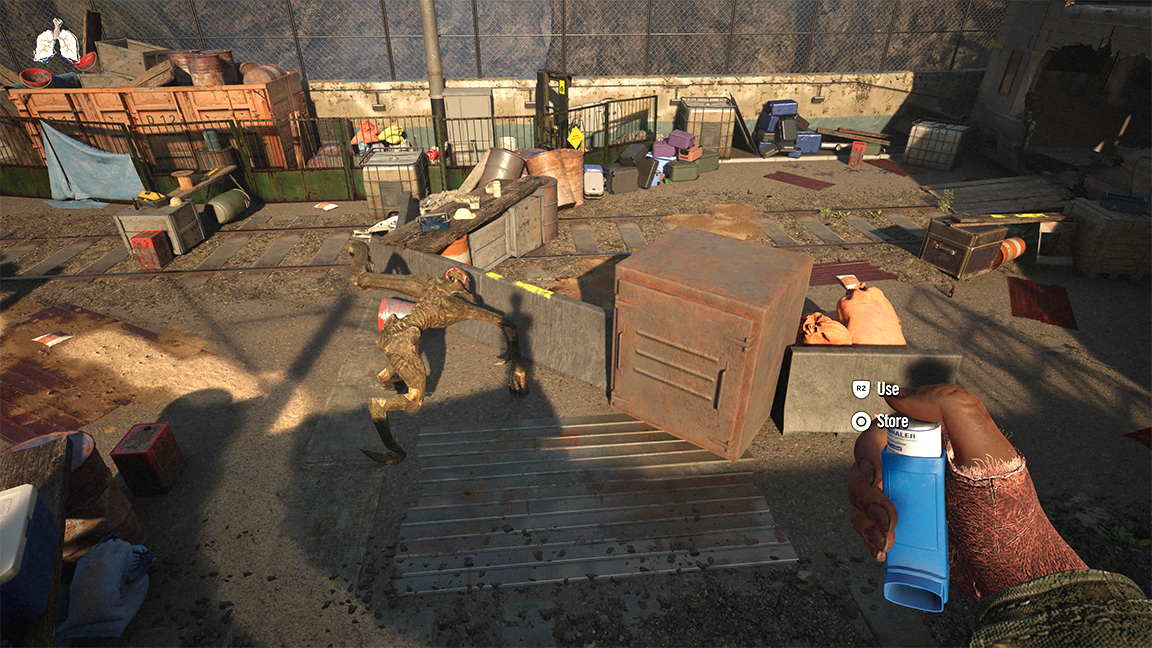
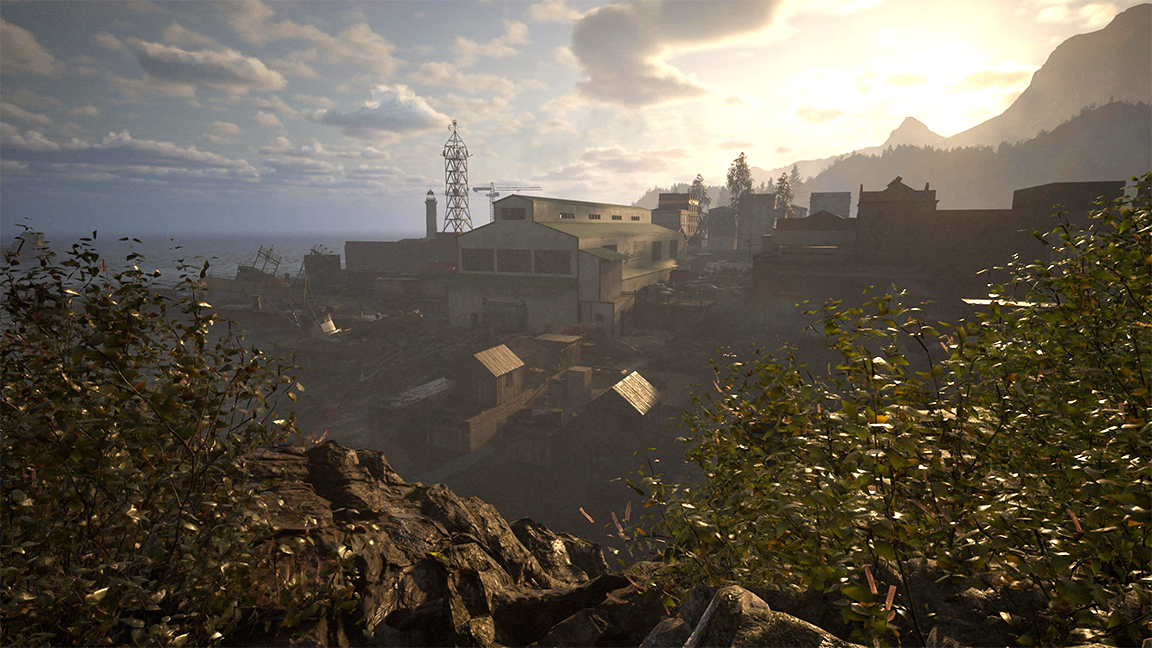

Yet, these ideas aren't quite enough to overcome the dawdle of Alex's journey to find safety by the sea and overall the world and story lacks depth. Without the perky banter we associate with Naughty Dog and other narrative games, the only character development or would-building comes from found letters or the occasional run-ins with Alex's mother-in-law and her father.
These moments fall flat and lack nuance or high stakes, because generally we don't get to know anyone in the game enough to care for their struggles (something the films do remarkably well). As the game plods on with quiet predictability towards its watery conclusion by the sea, I'm left with the feeling this horror adventure missed the boat.

Thank you for reading 5 articles this month* Join now for unlimited access
Enjoy your first month for just £1 / $1 / €1
*Read 5 free articles per month without a subscription

Join now for unlimited access
Try first month for just £1 / $1 / €1

Ian Dean is Editor, Digital Arts & 3D at Creative Bloq, and the former editor of many leading magazines. These titles included ImagineFX, 3D World and video game titles Play and Official PlayStation Magazine. Ian launched Xbox magazine X360 and edited PlayStation World. For Creative Bloq, Ian combines his experiences to bring the latest news on digital art, VFX and video games and tech, and in his spare time he doodles in Procreate, ArtRage, and Rebelle while finding time to play Xbox and PS5.
